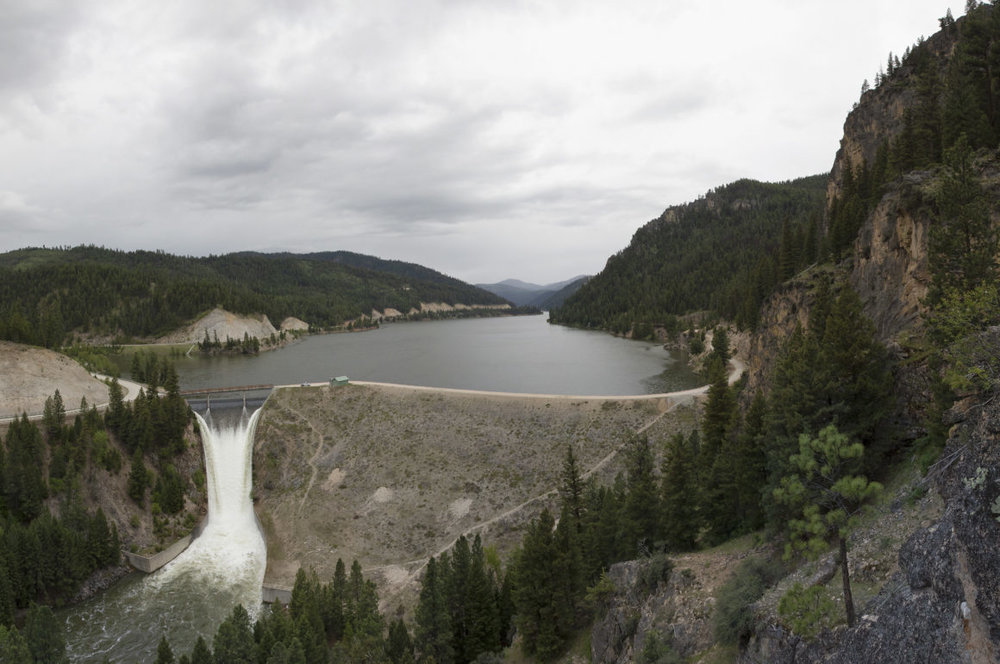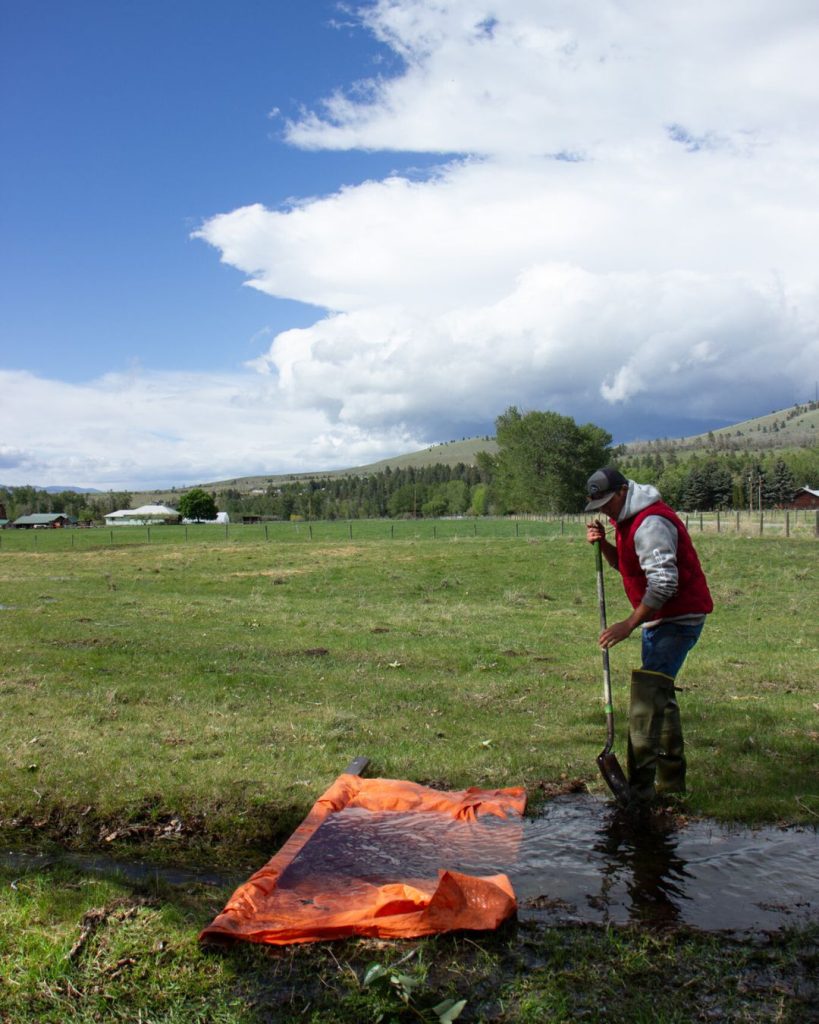Don’t Let a headwaters Mine Jeopardize Our Waters & Ways of Life
The Bitterroot is at Risk | Sheep Creek Mine Watch
A potential mine in the Headwaters of the Bitterroot River threatens to pollute our clean waters, harm working lands, and degrade iconic wildlife habitat.
Navigate:
BACKGROUND
Why This Matters
Frequently Asked Questions
How to Engage
Statements and publications
Protect bitterroot headwaters
The Bitterroot Water Partnership is laying the groundwork to ensure our community can effectively prevent a ill-placed, polluting mine at Sheep Creek. We are committed to staying informed and keeping you updated, so together we can coordinate a strong, effective defense of our waters.
For over 30 years, the Water Partnership has worked for clean, abundant water and healthy habitats in the Bitterroot Valley. Today, that mission has never been more urgent. While a Rare Earth mine is being championed in Washington, D.C., it is we in the Bitterroot who must lead the charge to stop it—because no one knows, loves, and depends on this place like we do.
On behalf of the communities, economies, and values we represent, BWP strongly opposes the development of a Rare Earth mine at the headwaters of the Bitterroot River. It’s not right for this community. The risk is too high.
We know this will be a long and complex process. That’s why we must invest now – building the knowledge and local stewardship to stand against this threat while strengthening our ability to protect Bitterroot waters long-term.
Our local community has a right to voice our concerns in these decisions, and stand up for protection of the traditions and strong clean-water based economies that already make the Bitterroot a national value.

Background
Since 2022, US Critical Materials has sampled Sheep Creek lands for rare earth elements (REE). They claim high concentrations and intent to develop the mine (1, 2). REE mining typically involves strong acids and produces toxic byproducts that are discharged to tailing ponds, which can endure for decades and often leak toxic water (3). As of 2025, the exploration phase of the development is being ‘FAST-tracked’.
REE Mines and their managing companies have a track record of harming communities and degrading environments; “irrevocably [changing] the lifestyles of residents” by leaving permanent acidic waste and other pollutants in drinking and natural waters (3), among other impacts.
The waters that found our cornerstone economies – recreation, tourism, and agriculture – are already threatened by increasing temperatures, decreased availability and greater extraction. Political and legislative actions like Executive Order 14241 (4) to ‘fast-track’ the permitting process and the $1 billion of Department of Energy funds to advance mining development (5) create a landscape ripe for irresponsibly quick decisions regarding approval of this ill-placed mine.
References: 1 – 2 – 3 – 4 – 5 –

Why this Matters

A Mine in Bitterroot headwaters
The West Fork is one of the Water Partnership’s top-priority areas for protection and restoration. It delivers clean, cold water and sustains Painted Rocks Reservoir, which supplies critical water for working lands as well as vital stream flow to keep fish and wildlife thriving. In other words, the reservoir supports the health of the entire Bitterroot River system, particularly when flows are lowest. Once degraded by mining, these waters and habitats could never be fully restored—no matter the cleanup funds promised.
The potential REE mine at Sheep Creek is in the worst possible place: in headwaters of our River, and above a major source of water for working lands and wildlife habitat.
Frequently Asked Questions
Our Team is working diligently to learn as much as possible about the proposed mine at Sheep Creek, in Bitterroot River Headwaters. We will regularly update this page with new information. Our goal is to keep you informed about status or proposal updates, the ways in which proposed activities could impact our waters and our community, how you can stay engaged, and more.
There is much more we still need to understand about the proposed mine.
Submit additional questions you have in the form below. If you come across additional resources that expand our understanding of the situation, please email them to us through alex@bitterrootwater.org
How to engage
Protect our Bitterroot River
At this stage, our priority is to help as many people as possible understand the potential impacts of a REE in Bitterroot Headwaters. Then, we can organize and strengthen a community around collective protection of our waters.
We’re collecting answers to your concerns and questions. Add a question or comment in the box below to help us compile the information you most need to know.
If you aren’t already, subscribe to our newsletter to receive conservation updates.

